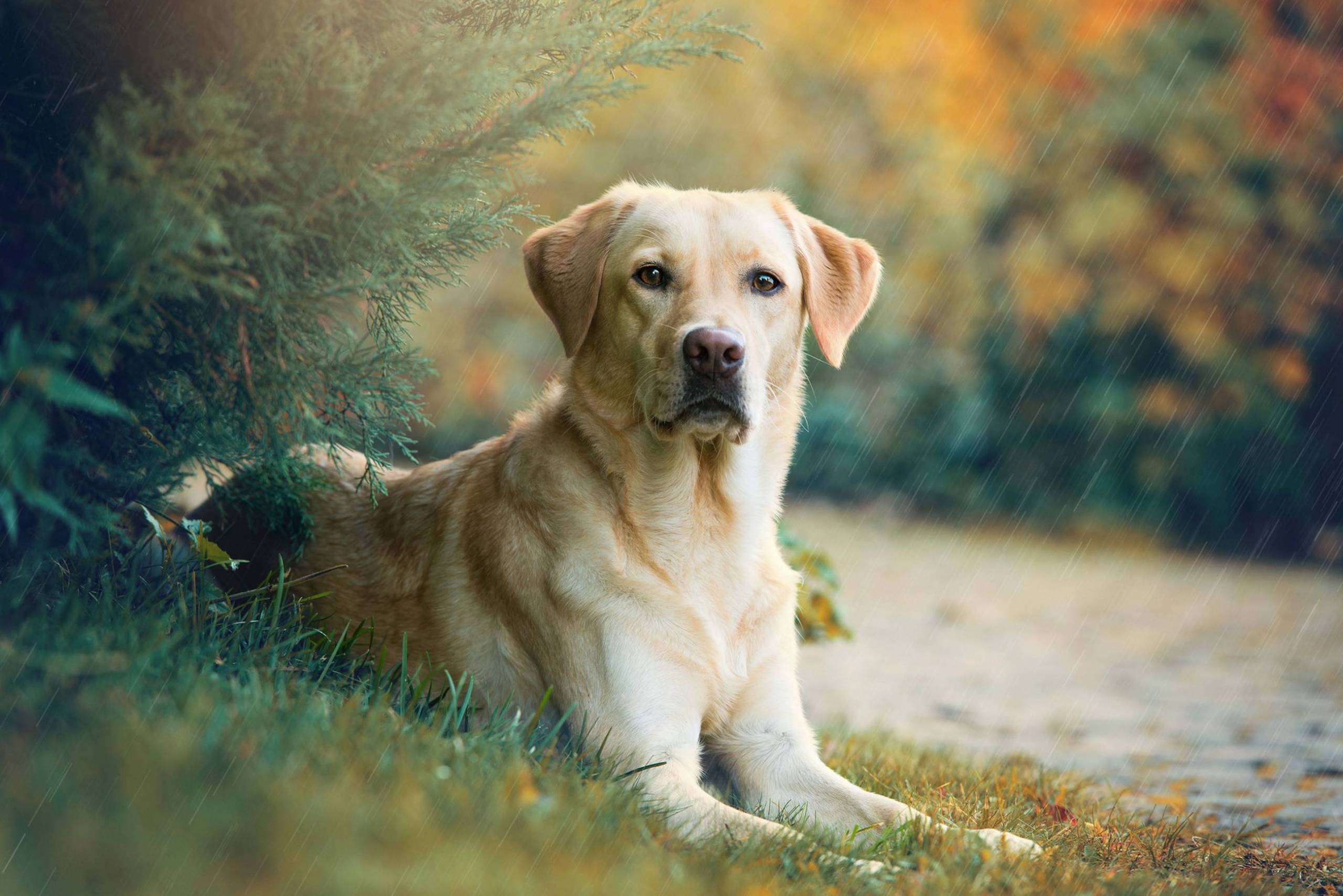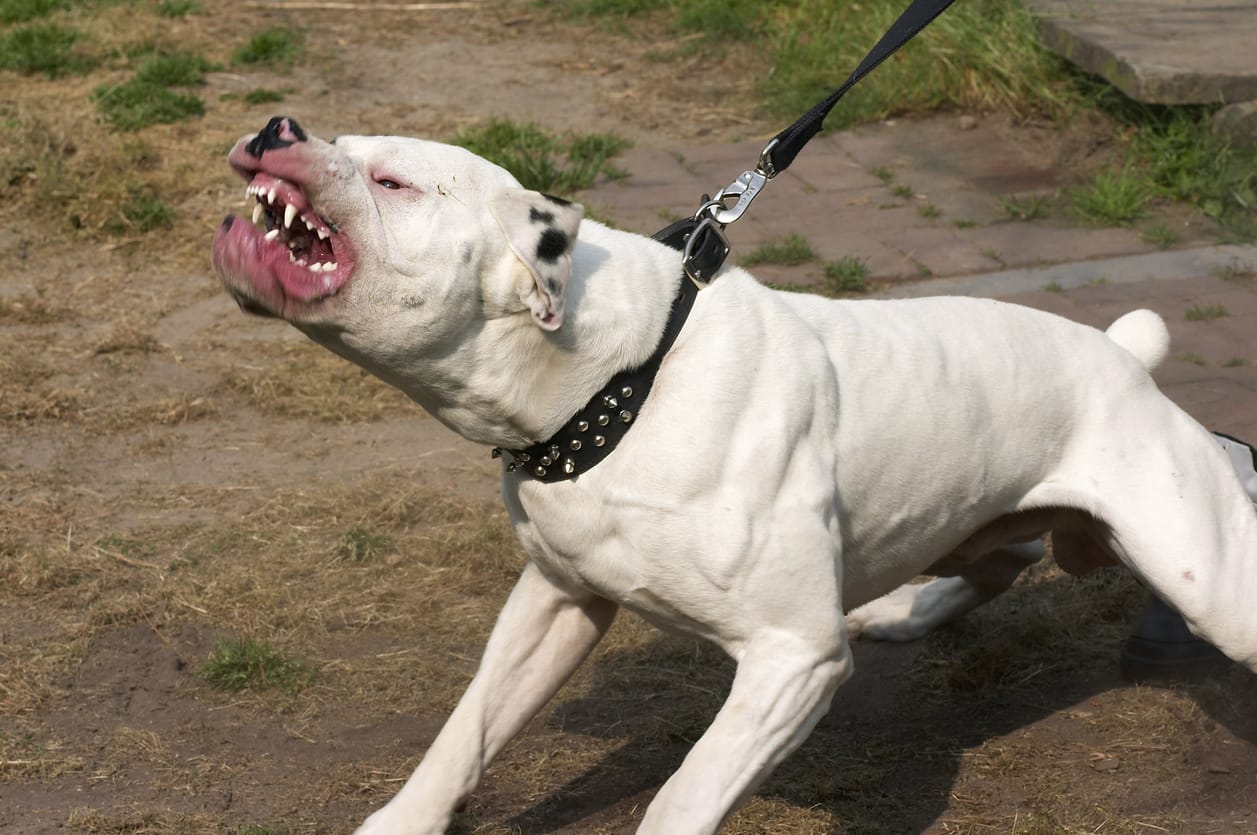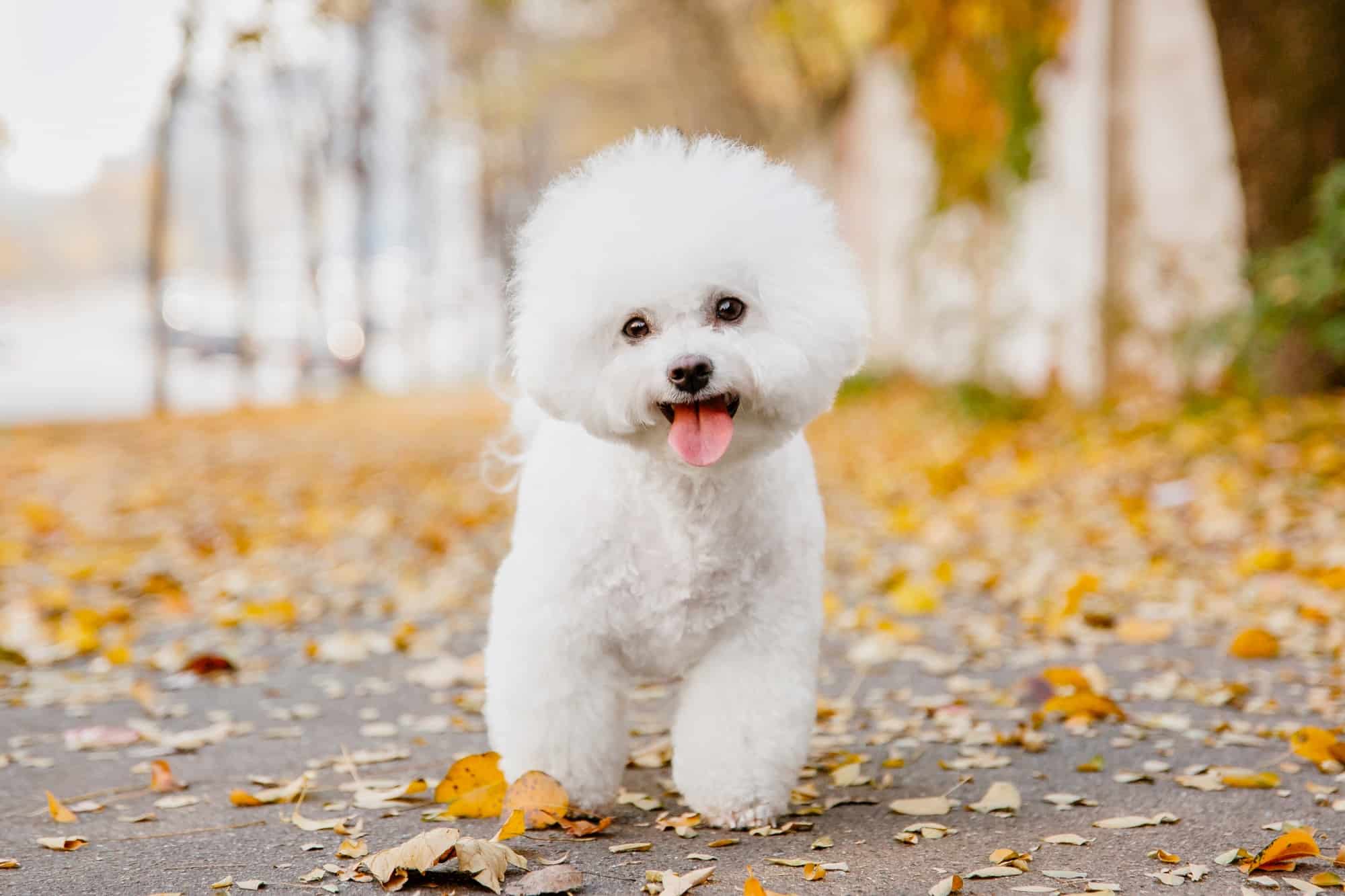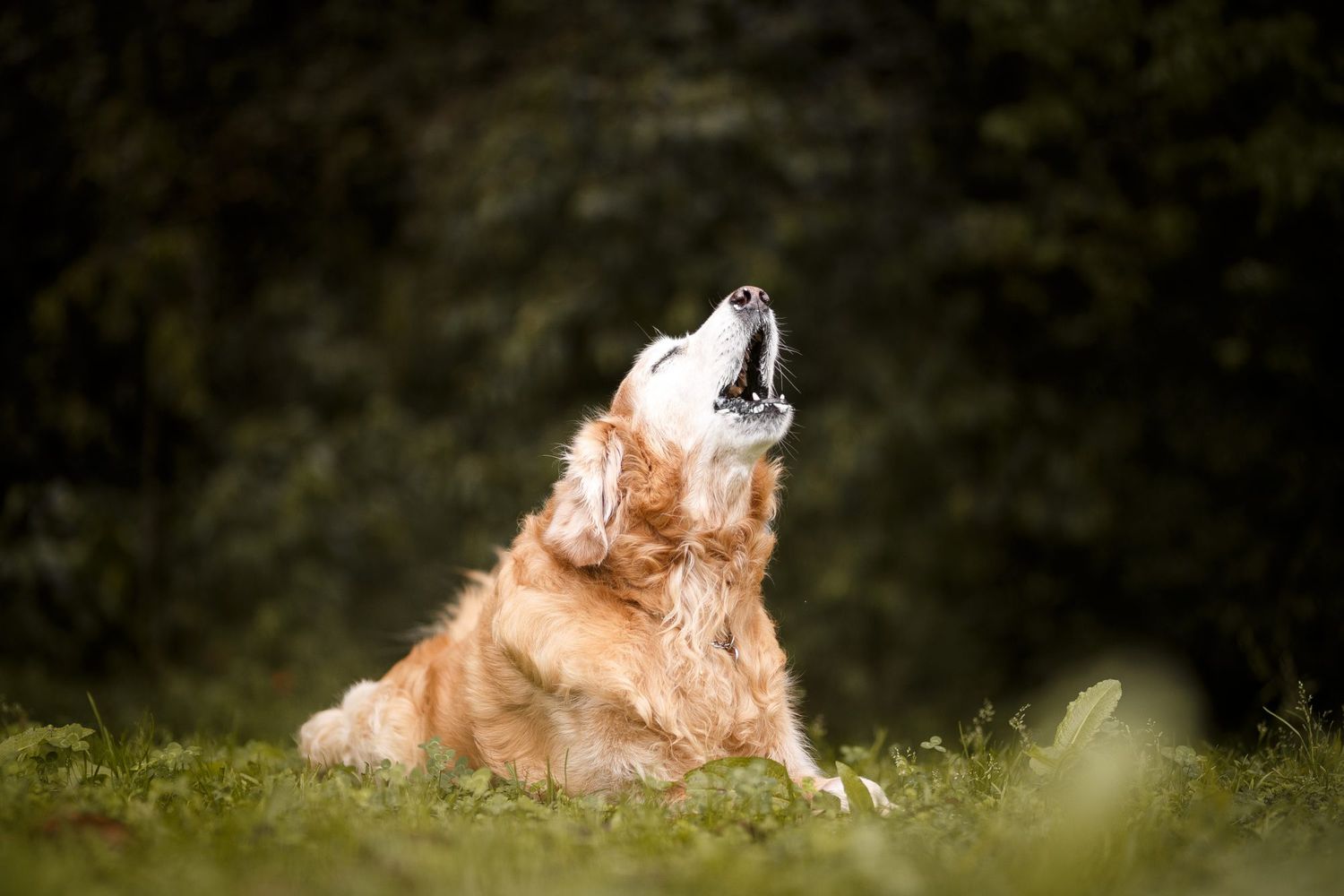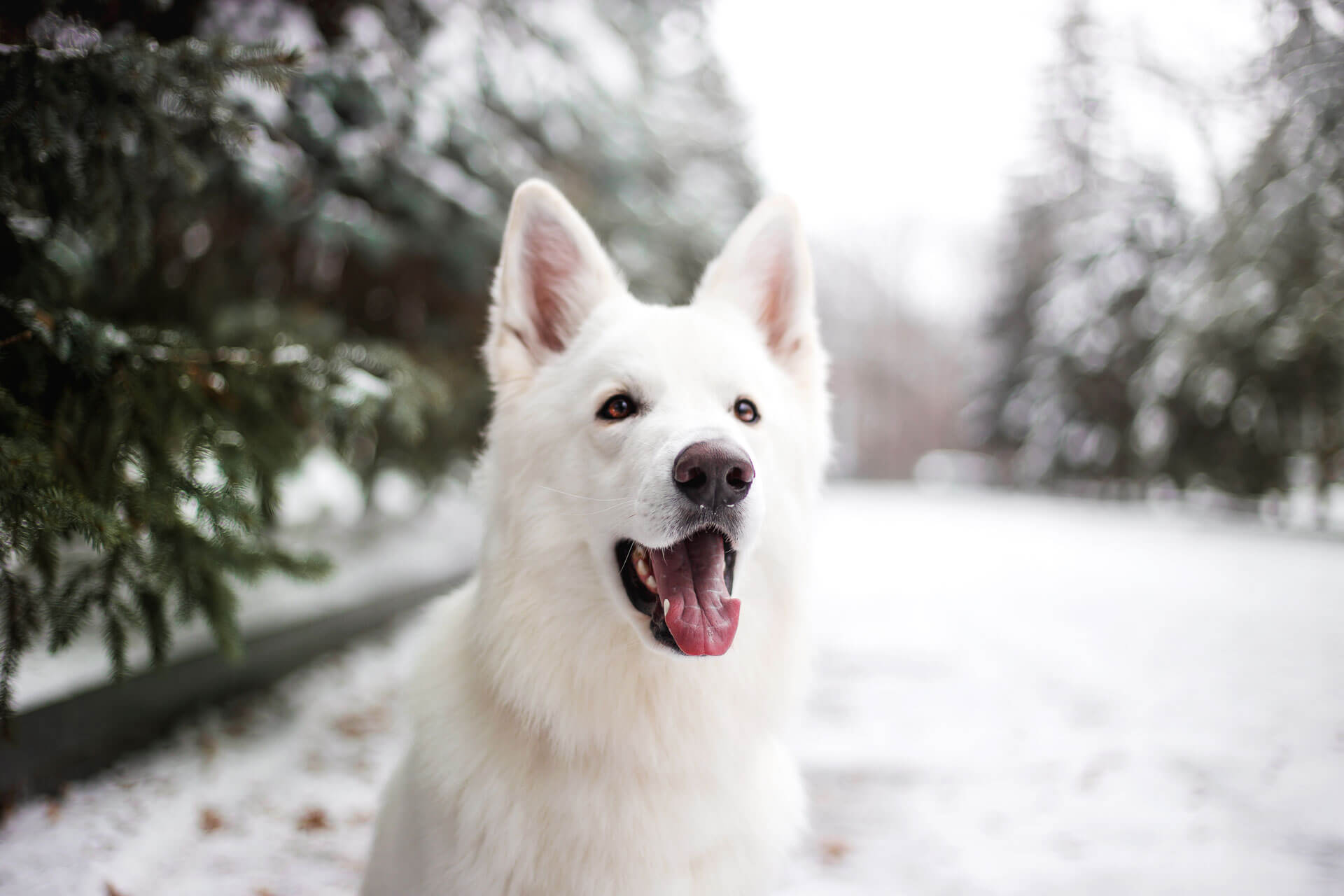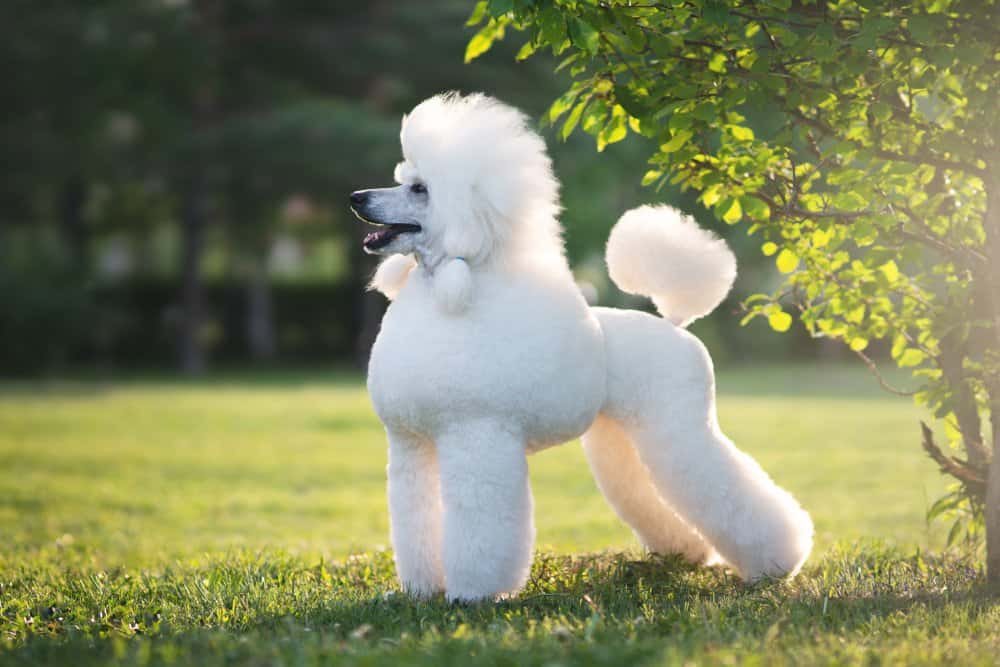If you live in an area with a high snake population, it’s important to consider ways to protect yourself and your pets from potential danger. While there are many methods for keeping snakes at bay, one of the most effective is enlisting the help of a snake-killing dog.
Certain breeds are known for their ability to hunt and kill snakes, making them valuable assets for homeowners and farmers alike. In this article, we’ll explore the top 8 dog breeds that are most effective at killing snakes, according to various sources.
You are reading: The Top 8 Dog Breeds That Kill Snakes
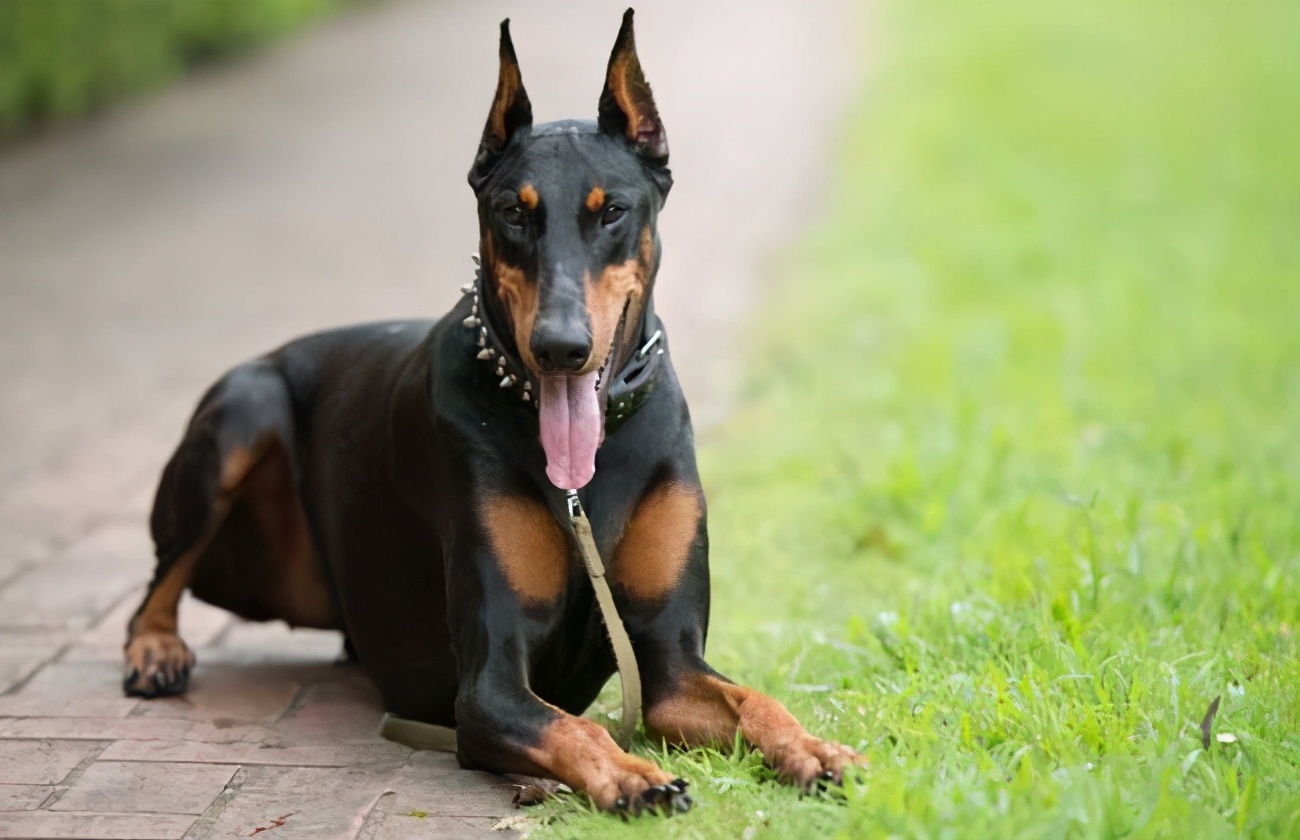
The Top 8 Dog Breeds That Kill Snakes
Airedale Terrier
The Airedale Terrier is a terrier breed known for its intelligence, strength of mind, loyalty, and courage to stand up against snakes. They are one of the top dog breeds that are known for their ability to kill snakes.
Airedale Terriers are fearless and have a strong prey drive, which makes them effective hunters. They are also intelligent and trainable, which means they can be taught to avoid dangerous snakes and to alert their owners to their presence.
According to some sources, Airedale Terriers are naturally drawn to snakes out of curiosity and will hunt and kill them. However, it’s important to note that not all Airedale Terriers are trained or inclined to kill snakes, and some may be more prone to snake bites than others.
If you live in an area with a high snake population, it’s best to consult with a professional to determine the most appropriate measures to keep your dog safe.
Australian Terrier
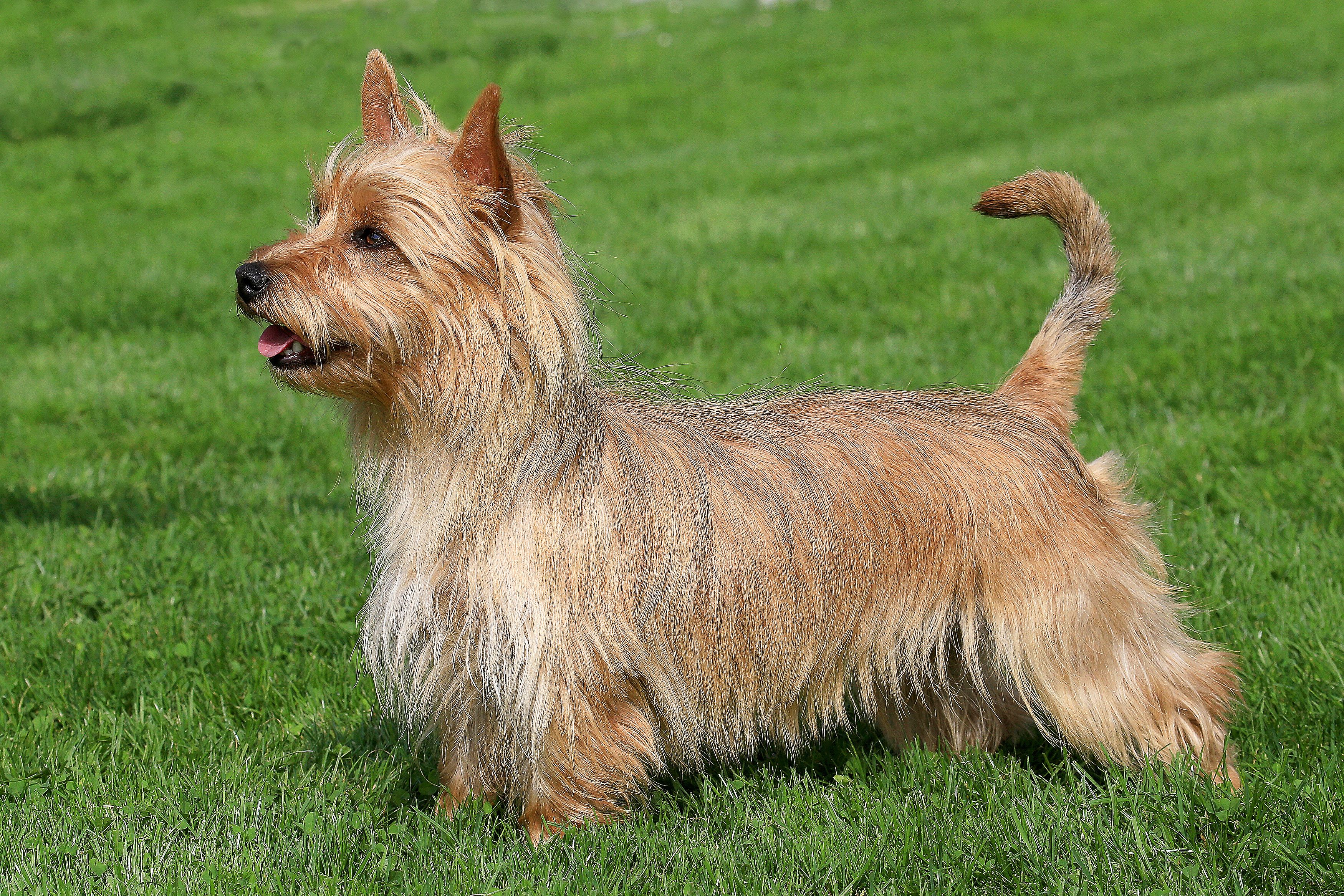
The Australian Terrier, also known as the “Aussie,” is a small but sturdy terrier breed that was developed in Australia. They are known for their distinctive coat furnishings around the neck and forequarters, as well as their shaggy, harsh double coat that is not normally trimmed.
Despite their small size, Australian Terriers are tenacious, independent, hardworking, and lively. They are also known for their loyalty and devotion to their owners. The breed was first shown as the Australian Rough-Coated Terrier in 1868 in Melbourne, and was officially renamed the Australian Terrier in 1897.
Australian Terriers are the smallest of all working terriers and hold the honor of being the first native breed registered in Australia. While they are not specifically bred for snake-killing, they are known for their hunting instincts and may be effective at keeping snakes at bay.
Cairn Terrier
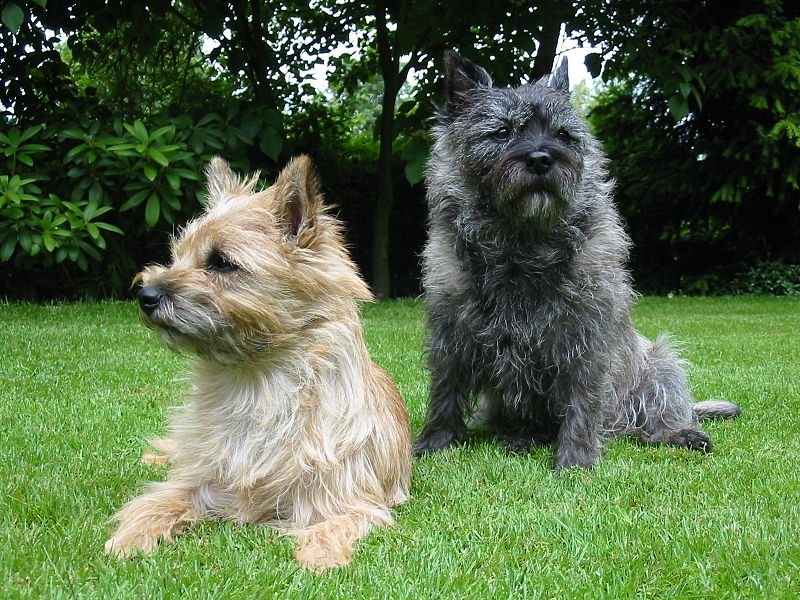
Read more : 15 Best Types Of House Dog Breeds
The Cairn Terrier is a small terrier breed originating in the Scottish Highlands and recognized as one of Scotland’s earliest working dogs. The breed was given the name Cairn because the breed’s function was to hunt and chase quarry between the cairns in the Scottish highlands.
Cairn Terriers are happy, busy little earthdogs originally bred to fearlessly root out foxes and other small, furred prey in the rocky Scottish countryside. They are sensible, independent, and friendly dogs who excel as family companions.
Cairn Terriers are known for their courage, tenacity, and intelligence, which are characteristics that make them effective hunters. They are also enthusiastic diggers and barkers, and can be possessive of their food and toys.
Cairn Terriers are less scrappy than some other terrier breeds, but they are still a determined force to reckon with if they decide to initiate or accept a challenge to fight.
The Cairn Terrier Club of America is a preservationist breed club dedicated to encouraging and promoting quality in the purebred breeding of the old working Cairn Terrier.
Dachshund
The Dachshund is a small breed of dog that originated in Germany and was bred for hunting badgers, rabbits, and other small prey. They are known for their long, muscular bodies and short legs, which give them a unique and comical appearance.
Dachshunds are clever, lively, and courageous to the point of rashness, and are bred for perseverance. They are also fiercely loyal to their owners and make good watchdogs. Dachshunds come in three coat varieties: smooth, wirehaired, and longhaired, and a variety of colors and patterns.
While they are not specifically bred for snake-killing, they are known for their hunting instincts and may be effective at keeping snakes at bay. However, it’s important to note that not all Dachshunds are trained or inclined to kill snakes, and some may be more prone to snake bites than others.
If you live in an area with a high snake population, it’s best to consult with a professional to determine the most appropriate measures to keep your dog safe.
German Pinscher
The German Pinscher is a breed of terrier in the Pinscher and Schnauzer group that originated in Germany. It is essentially a short-haired equivalent of the Schnauzer, and is seen in two colors: black-and-tan or self-colored red, varying from deer-red to a dark reddish-brown.
The breed is agile, athletic, and high-energy, requiring ample daily exercise for its physical and mental well-being. German Pinschers are strong-willed, devoted, and in need of a consistent and firm owner. They are also intelligent, loyal, highly territorial, and keenly alert, making them excellent watchdogs.
German Pinschers were developed to hunt and kill smaller animals, and many have a high prey drive. They are less aggressive toward other dogs of the same sex if raised with them, but early and frequent socialization is required to prevent wariness from becoming sharpness.
The breed was recognized as a breed in 1895 and was a foundation dog for many breeds, including the Doberman Pinscher and the Miniature Pinscher. During the World Wars, the German Pinscher came close to extinction, but was saved by a West German named Werner Jung who began breeding them.
Jack Russell Terrier
Read more : Top 8 Strangest Dogs
The Jack Russell Terrier is a British breed of small terrier that was developed for hunting foxes. They are known for their lively, independent, and clever personalities, as well as their charming and affectionate nature.
Jack Russell Terriers are energetic dogs that require a high level of exercise and stimulation to keep them happy and healthy. They are relatively free from any serious health complaints and have gone through several changes over the years, corresponding to different use and breed standards set by kennel clubs.
Although they are purebred dogs, you may still find them in shelters and rescues. The Jack Russell Terrier was developed in southern England during the mid-1800s by Parson John Russell, from whom the breed took its name.
Jack Russell Terriers are often mistaken for other modern breeds, including their cousin the Parson Russell Terrier, the Tenterfield Terrier, and the Rat Terrier.
Here are some additional facts and traits about the Jack Russell Terrier:
– They are upbeat, lively, inquisitive, and friendly dogs.
– They were developed by England’s “Sporting Parson” for use in foxhunts.
– They are essentially a short-haired equivalent of the Schnauzer, and can be any color.
– They are charming and affectionate, but they’re also a handful to train and manage.
– They are fearless, spirited, obedient, and absolutely fearless.
– They are intelligent, determined, and have an intense desire to hunt.
– They are a favorite among horse owners, dog sports enthusiasts, animal trainers for film and television, and people who simply appreciate their fearless personality, boundless energy, entertaining antics, and portable size.
– They are relatively easy to groom and require minimal grooming.
– They are prone to certain health issues, including deafness, patellar luxation, Legg-Calve-Perthes disease, and lens luxation.
– They are happy, energetic dogs with a strong desire to work, and are most happy when given companionship and a job to do.
Lakeland Terrier
The Lakeland Terrier is a small but sturdy breed of terrier that originated in the Lake District of England. Here are some facts and characteristics about the Lakeland Terrier:
Appearance:
– The Lakeland Terrier is a small to mid-size member of the Terrier family, weighing 15-17 lbs (7-8 kg).
– They have a distinctive appearance, with a thick, harsh coat that can be any color.
– The breed is similar in appearance to the slightly larger Welsh Terrier but is finer-boned.
Temperament:
– The Lakeland Terrier is independent in personality, but interacts well with owners and all family members.
– They are mostly hypoallergenic (non-shedding).
– The breed is bold, gay, and friendly, with a confident, cock-of-the-walk attitude.
– Lakeland Terriers are affectionate with their owners and respond well to confident pet parents who can set boundaries.
– They are a smart, workmanlike dog, and are capable of being brave and quick-footed thanks to their working roots.
Training and Exercise:
– Lakeland Terriers have high energy and exercise needs, but their small size can help them adapt to apartment living, so long as they get plenty of physical activity.
– For a home with a backyard, a high, sturdy fence is a must to prevent roaming and wildlife chasing.
– The breed requires extra training and socialization to live with other pets.
– Lakeland Terriers enjoy active walks and require one to two hours of walking a day.
Health:
– Lakeland Terriers are generally a healthy breed, but they are prone to certain health issues, including deafness, patellar luxation, Legg-Calve-Perthes disease, and lens luxation.
– They require grooming every other day, and regular brushing and clipping.
Overall, the Lakeland Terrier is a loving and intelligent breed with a mischievous streak, capable of being brave and quick-footed thanks to their working roots.
Border Collie
The Border Collie is a medium-sized, intelligent, and active dog breed that originated in the region of the Anglo-Scottish border.
Here are some facts and characteristics about the Border Collie:
– Border Collies are widely considered to be the most intelligent dog breed. They are descendants of landrace sheepdogs that were once found all over the British Isles but became standardized in the Anglo-Scottish border region.
– They are primarily used as working dogs to herd livestock, specifically sheep, and are known for their intense stare, or “eye,” with which they control their flock.
– The breed is extremely energetic, acrobatic, and athletic, frequently competing with great success in sheepdog trials and a range of dog sports like dog obedience, disc dog, herding, and dog agility.
– Border Collies have a moderate amount of coat, which is often thick and prone to shedding. They have a double coat that varies from smooth to rough and is occasionally curled. The most common color is black and white.
– Males stand as tall as 22 inches and weigh up to about 45 pounds, while females stand as tall as 21 inches and weigh slightly less.
– They are known for their seemingly supernatural amount of energy and stamina, which was developed when they were required to work all day in the hills and valleys of the rugged Scottish border country, sometimes running 50 miles or more a day.
– The Border Collie is a good match for an owner who is as active as they are, especially one who is eager to get involved in dog sports. With the right training, this breed excels in any activity.
– Border Collies are extremely playful and interactive, getting along well with people of all ages. However, they require mental and physical stimulation to prevent them from becoming anxious and destructive.
FAQS
1. Can all dogs kill snakes?
No, not all dogs are trained or inclined to kill snakes. While all dogs have some level of hunting instinct, certain breeds are more effective at killing snakes than others.
2. What kind of dog is good for snakes?
There is no particular breed of dog that is considered a specialist in killing snakes. However, some breeds are more active in chasing and killing snakes, including Australian Terriers, Airedales, Cairn Terriers, German Pinschers, Dachshunds, Jack Russell Terriers, Miniature Schnauzers, and Norfolk Terriers.
3. What should I do if my dog gets bitten by a snake?
If your dog gets bitten by a snake, seek help from the closest veterinary clinic immediately. A snake bite can be a common and painful—or even deadly—problem in some areas of the country. The timeline for each snake bite is different, so it is best to act quickly.
4. How can I prevent snake bites on my dog?
To effectively prevent snake bites, you should know what kind of snakes live in your local area and if they are venomous or not. If you don’t know what kind of snakes live nearby, you won’t know what types of environments they live in and how to avoid them. Additionally, you should avoid letting your dog swim in certain seasons because of water moccasins and be cautious of rattlesnakes that like to hide in rocks and tall grasses.
Source: https://petstutorial.com
Category: DOGS


